So I'm trying to learn how to use Karnaugh maps. I've found what are the rules of simplification and how to apply them but every tutorial or lesson I find uses some generic function like "Here's how to do Karnaugh maps for three variables" and someone just does the truth table for A, B, C and then creates a map. But what if I wanted to simplify some specific function, say F=AB+A(B+C)? I can't just make a truth table for A, B, C and their sum because it's just not enough. So how should I solve it using Karnaugh maps? Should I make a "typical" truth table, i.e. for A, B, C, AB, B+C, A(B+C)? But how should this help me in drawing the map and simplyfing?
Could someone please tell me a little about it or point some direction? I'd really like to learn this but just can't get a grasp of it.
